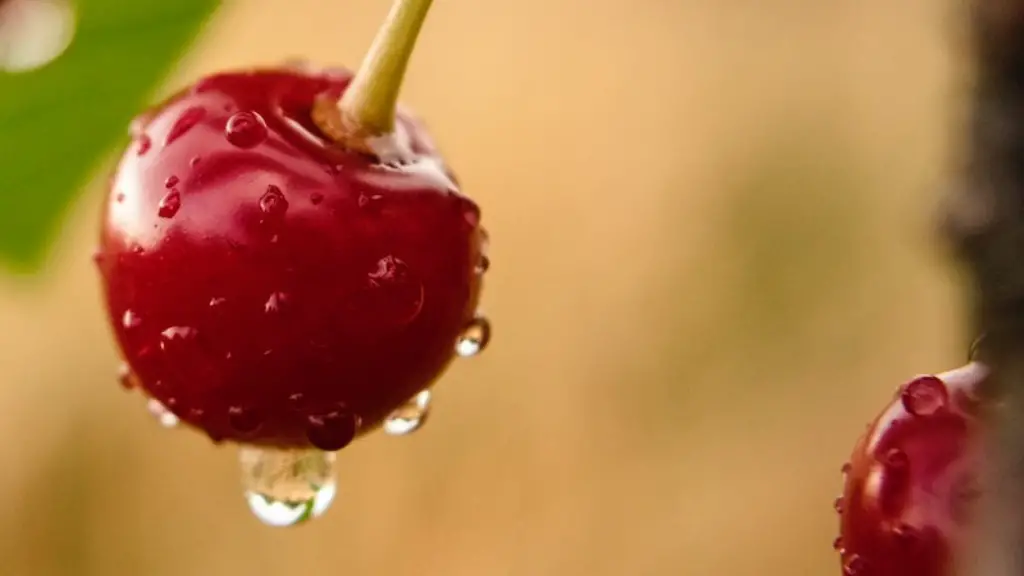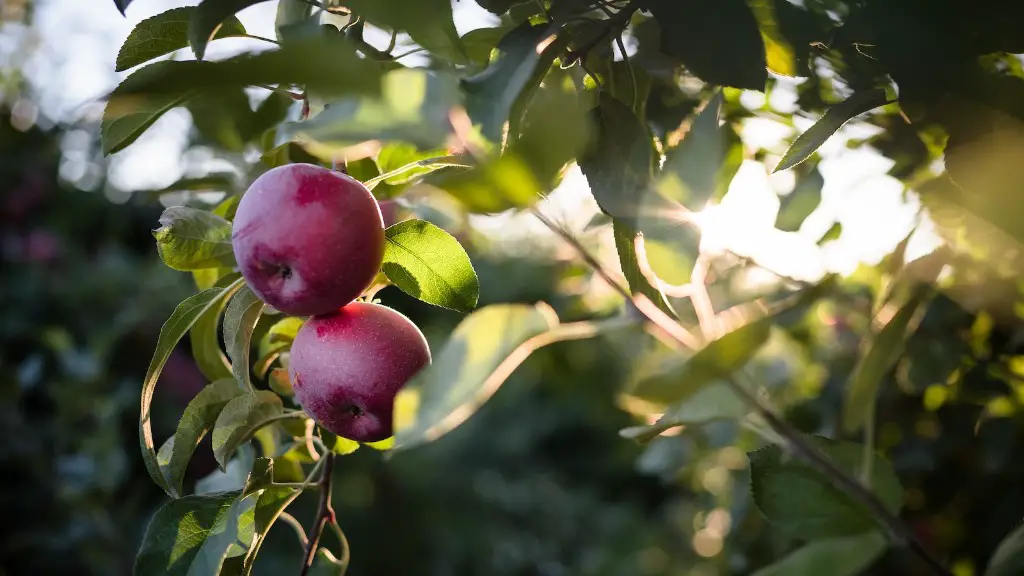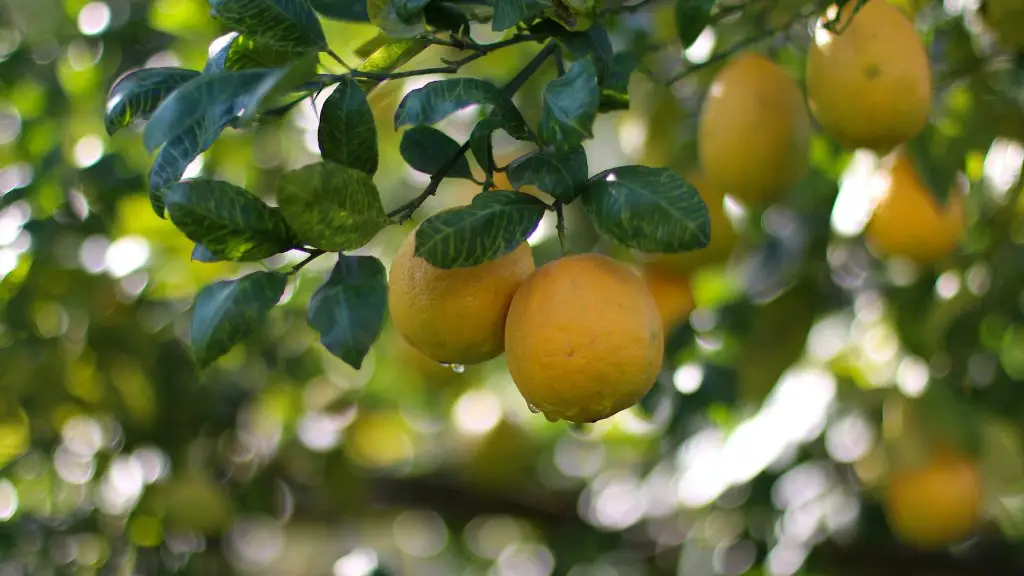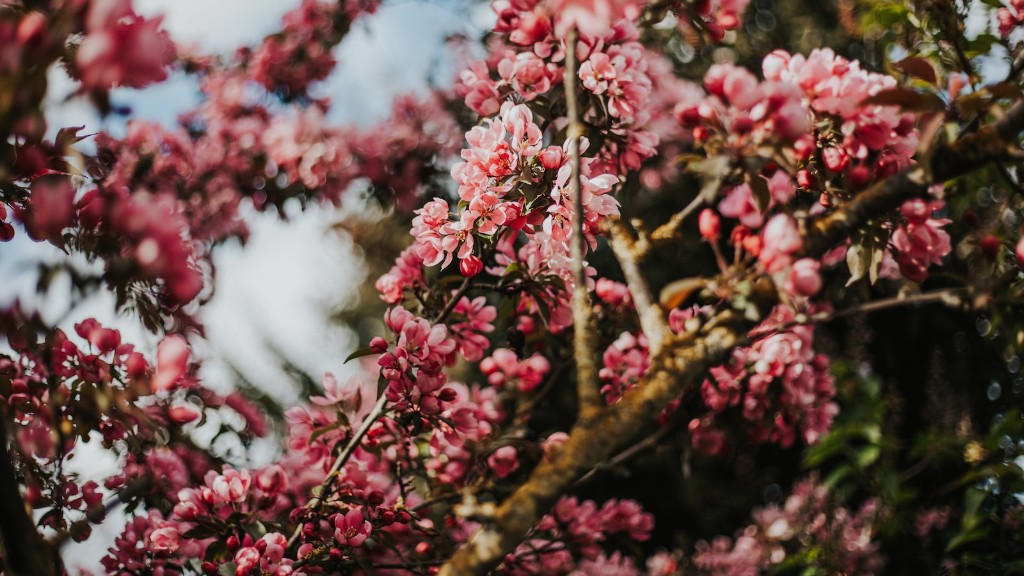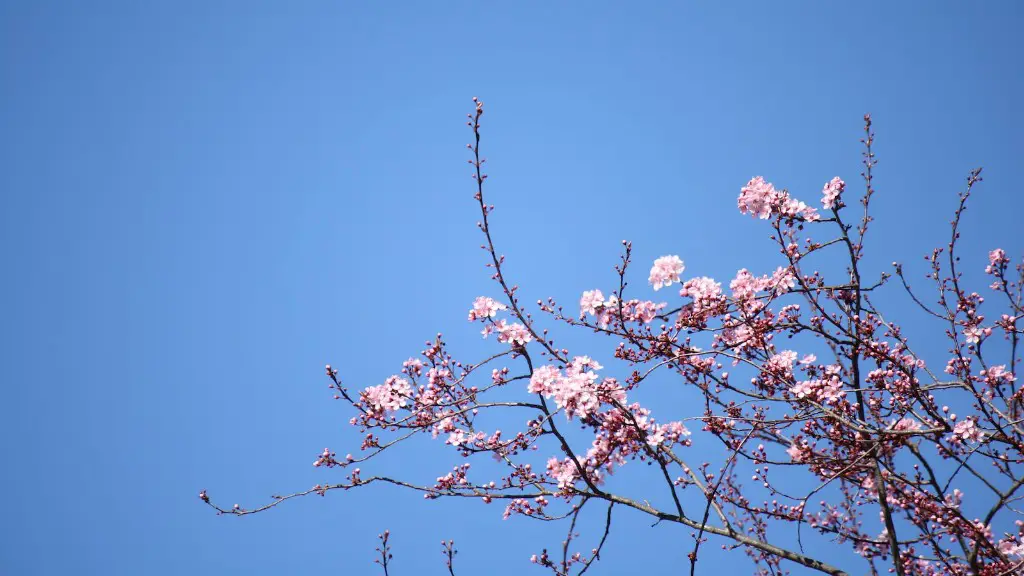Quick Facts about Cherry Trees
Cherry trees are part of the Prunus tree family and are popular ornamental trees. Native to much of the Northern Hemisphere, there are many varieties of cherry trees, some of which produce edible fruit. Depending on the variety, the average size of a mature cherry tree can range from 30 feet in height to no more than 20 feet. These trees require full sun and well-drained soil to achieve success.
The growing season for cherry trees typically ranges from April to October, with a peak harvest in mid summer. During this time, the trees are busy in photosynthesis, blooming with beautiful pink and white flowers and producing the sweet, juicy fruit. From seed to full maturity, a cherry tree can take 3 to 10 years to reach its full potential.
How long Does It Take for a Cherry Tree to Grow?
How long it takes for a cherry tree to grow depends upon the variety. Some cherry trees, such as the Tartary or Morello cherry trees, take 7 to 10 years. Other varieties, such as the Kordostachys, are dwarf varieties that generally take 3 to 4 years.
When planting a cherry tree from a seed, it’s best to use a seedling that is 1 to 2 years old. At this stage, the tree will grow rapidly and bear fruit in about three years. It’s important to note, however, that a seedling may take longer, depending on the variety and growing conditions.
When transplanting an older cherry tree, the tree may take 2 to 3 years to adjust to its new environment and produce fruit. Again, this will depend on the variety, as well as the care given and the weather conditions.
Cherry trees are a great way to add value and beauty to any landscape. When planting a cherry tree, it is important to take into account how long it takes for a cherry tree to grow so you can plan accordingly.
What Can Affect Cherry Tree Growth?
The climate and weather are two of the biggest factors that determine how long it takes for a cherry tree to grow. If newly planted trees experience a harsh winter, the growth of the tree can be significantly slowed. Long periods of extended heat may also adversely affect growth and productivity. In ideal climates and weather conditions, the cherry tree can reach full maturity in as little as three years.
Soil condition is another important factor. Cherry trees need evenly moist and well-drained soil to thrive. If the soil is too dry, the tree will struggle to grow. On the other hand, soil that is too wet can cause the roots to rot, leading to unhealthy growth.
Proper fertilization and pruning will also help ensure the health of the tree and promote productive growth. Regular pruning is essential for ensuring that the tree is balanced and has enough energy to produce fruit.
Finally, when planting a cherry tree, it is important to provide it with a nutrient-rich atmosphere and adequate water to ensure its success. The tree should be watered deeply and frequently, particularly during the first few years of growth.
How to Care for Cherry Trees
When caring for a cherry tree, it’s important to provide it with the right environment and proper care. The tree should be planted in an area that receives full sun and has well-drained soil. If possible, it’s best to fertilize the soil prior to planting. The fertilization should be done in the spring and fall to ensure the tree receives the proper nutrition to thrive.
To protect the tree from harsh weather and cold temperatures, it’s important to provide it with a layer of mulch and keep an eye on the weather forecast. This can help reduce the stress on the tree and promote healthy growth.
It’s also important to provide the tree with ample water, especially during the hot summer months. During these periods, the tree should be watered deeply, about once a week. During the winter, the tree should have a layer of mulch to keep it insulated.
Finally, it’s important to prune any dead or diseased branches as soon as possible to avoid the spread of any potential diseases. Regular pruning also helps to promote proper growth and shape of the tree.
Harvesting Cherry Trees
Once the cherry tree has reached maturity, it is ready to be harvested. Depending on the variety, the tree will generally produce a crop of cherries once a year. For most varieties, this typically occurs in June or July.
Before harvesting the cherries, there should be a visual inspection of the trees and the fruit. The cherries should be harvested only when the fruit is firm and uniformly dark in color. Ripe cherries should easily come off the tree. If they don’t, they aren’t ready to be harvested.
Once the cherries are ready to be picked, it’s important to collect them quickly as they will spoil in the hot sun. The cherries can be stored in the fridge or frozen for longer-term storage. Frozen cherries will last up to two years if properly sealed.
Uses of Cherry Trees
Cherry trees are not just known for their beautiful blooms and sweet fruit; they can be used for a variety of purposes. While most varieties of cherry trees are ornamental, there are some varieties that are grown for their fruit, such as the tart cherry. Tart cherries are used for baking, making jams and jellies, as well as for making wine.
Cherry wood is also highly prized for its beauty and versatility. Cherry wood is popular for furniture making and can be used for a variety of different crafts. The wood is also used to make musical instruments and decorative boxes.
Cherry trees can also be used for their medicinal properties. Cherry leaves and bark have long been used in traditional medicine to treat a variety of ailments such as headaches, joint pain and skin irritations. Additionally, cherry juice is popular in natural medicine and is thought to help with digestive issues and circulation.
Why Plant Cherry Trees?
Cherry trees are a great addition to any landscape. With their bright white and pink blooms and sweet, juicy fruit, they provide a splash of color and a bounty of deliciousness. And with the right care and conditions, they can provide years of beauty, fruit, and joy.
Cherry trees are also a great choice if you’re looking for a way to show your support for our environment. These trees offer numerous benefits to the planet, from absorbing carbon dioxide to providing food and shelter for birds and other wildlife.
Finally, cherry trees are a great way to add value to your home. In addition to their visual appeal, they can increase the value of your home and make it a more pleasant and inviting place to live.
Conclusion
Cherry trees are a great way to spruce up a landscape and, with proper care and the right growing conditions, can provide years of beauty and delicious fruit. With their sweet aroma and vibrant colors, they will be a welcome addition to any garden.
